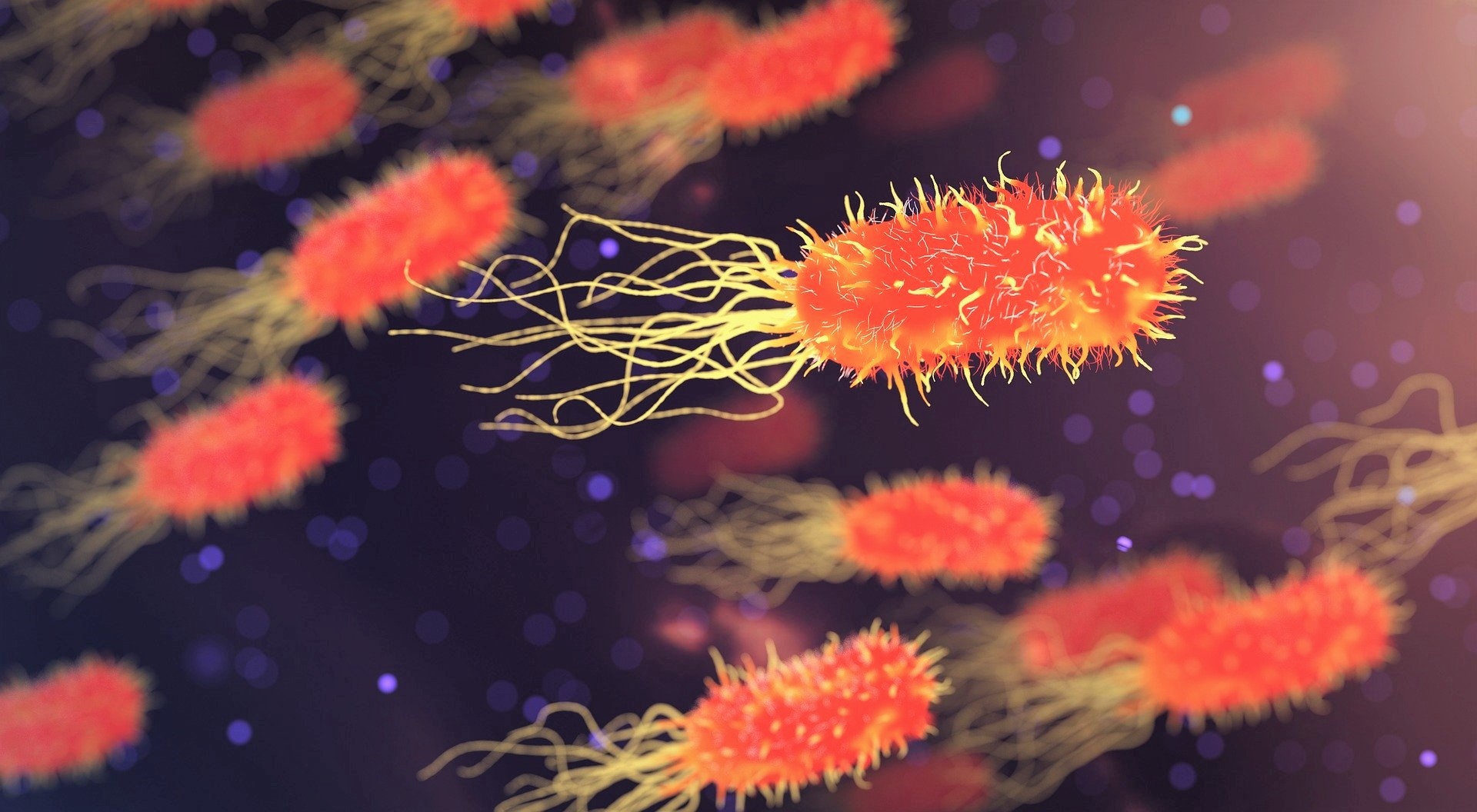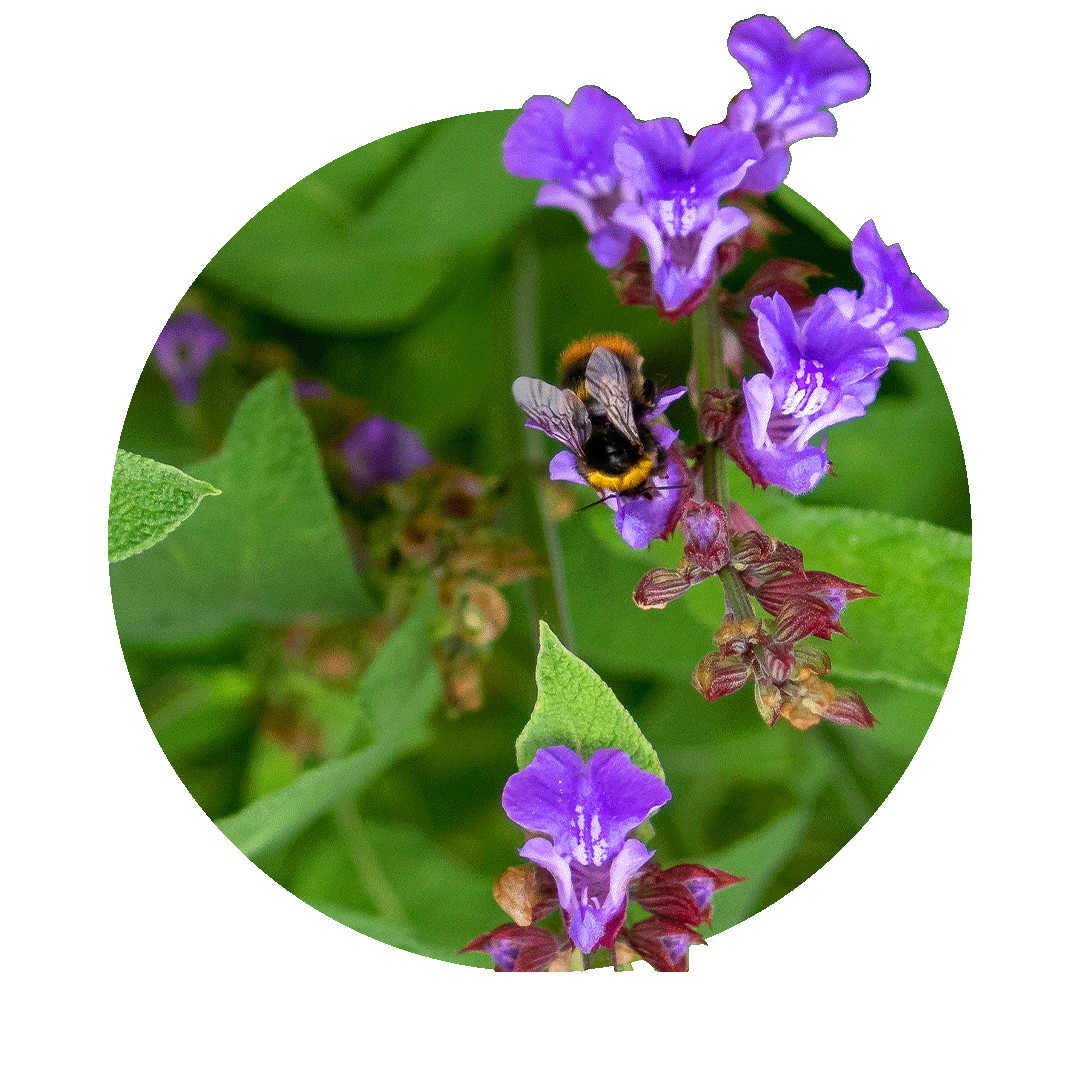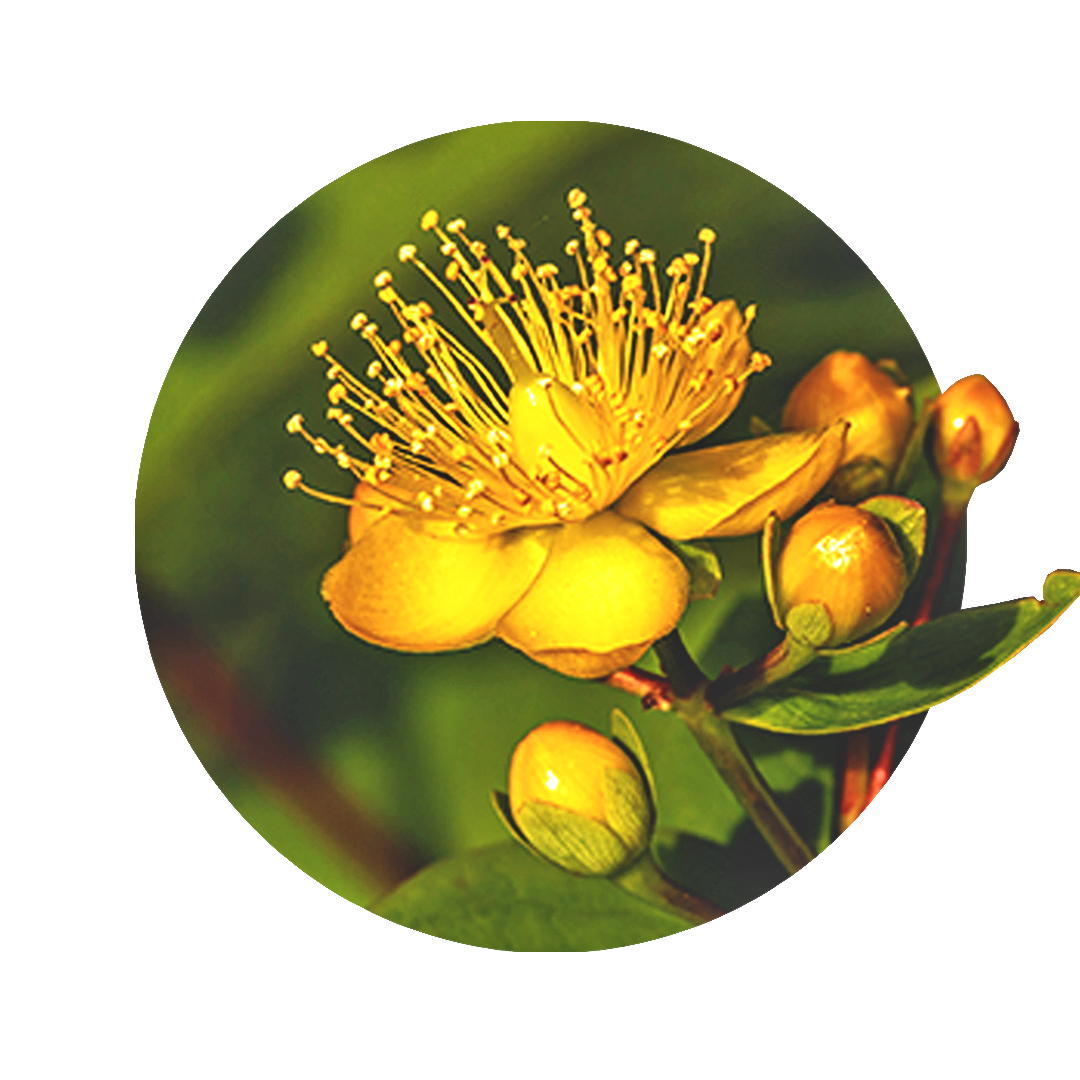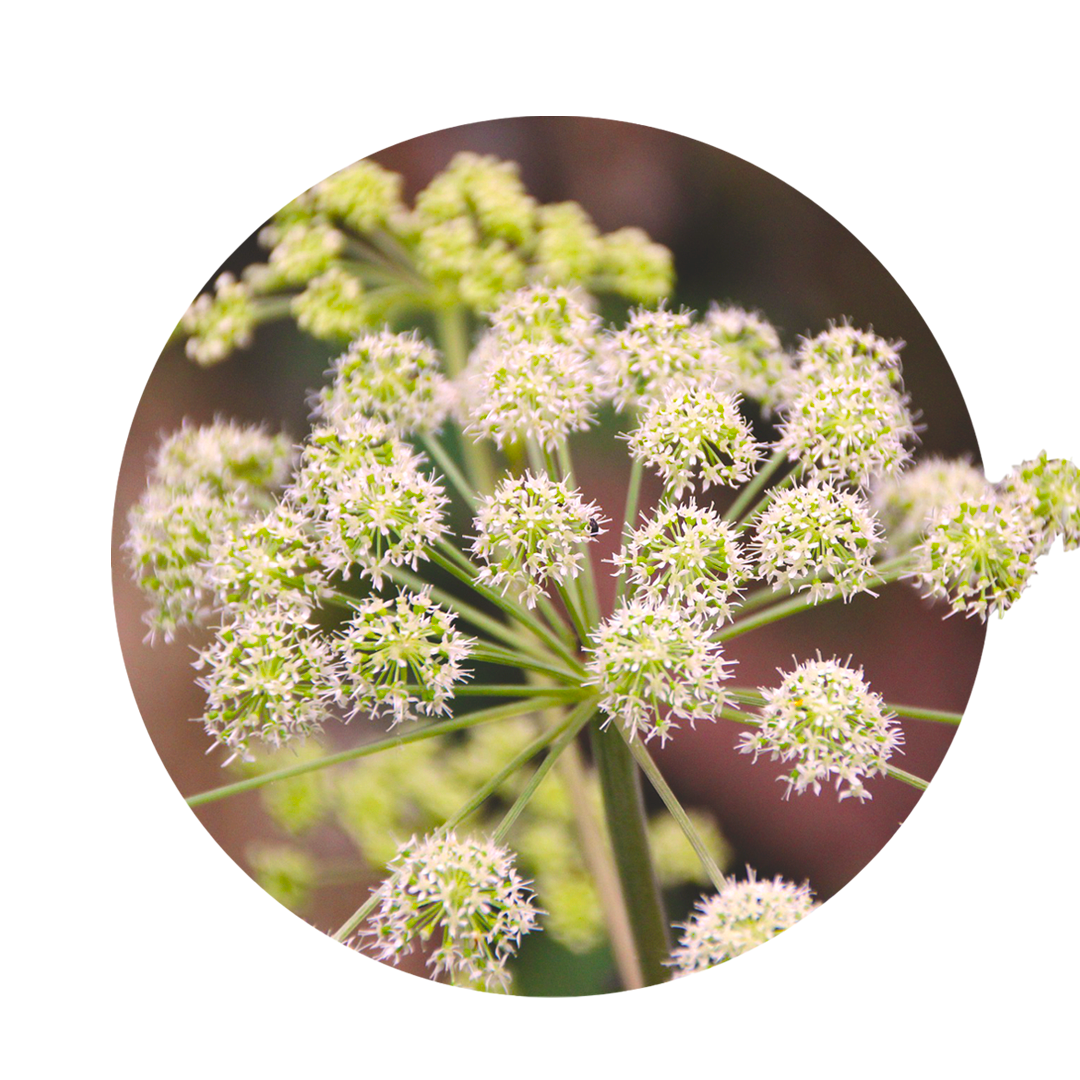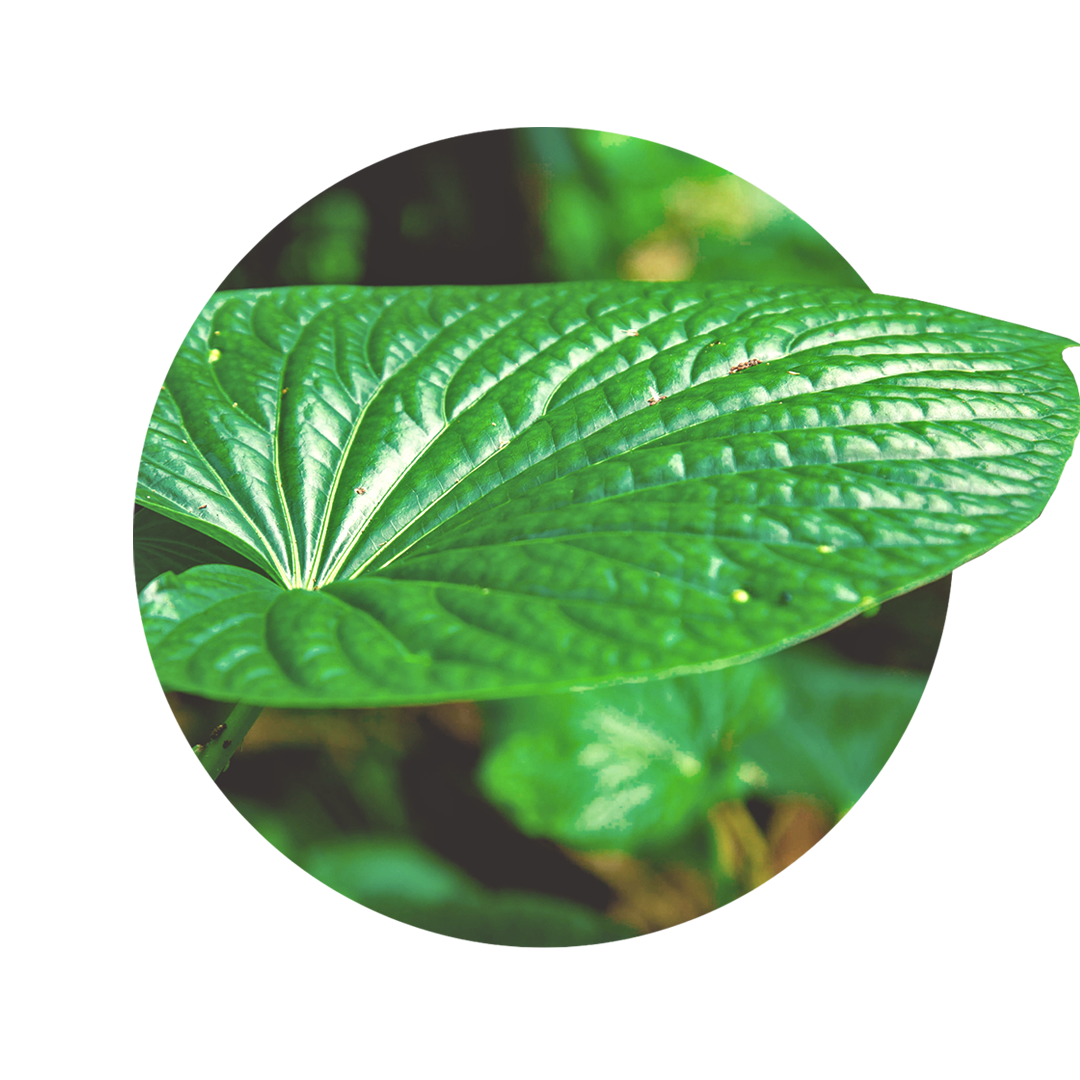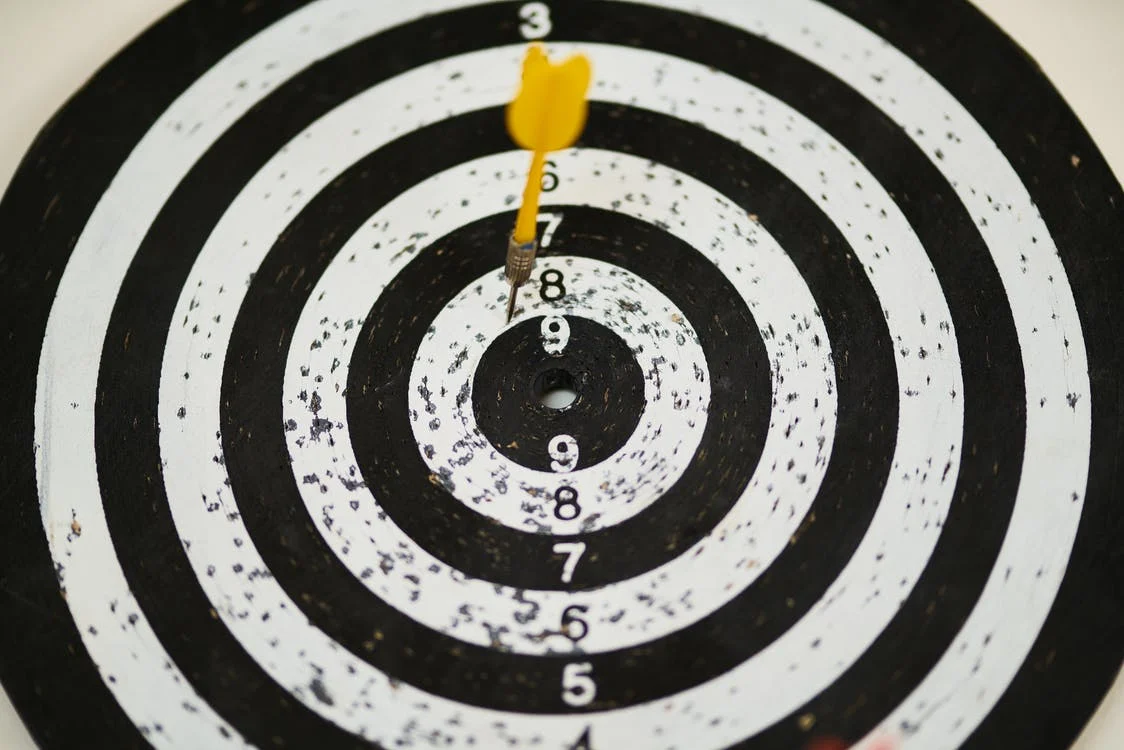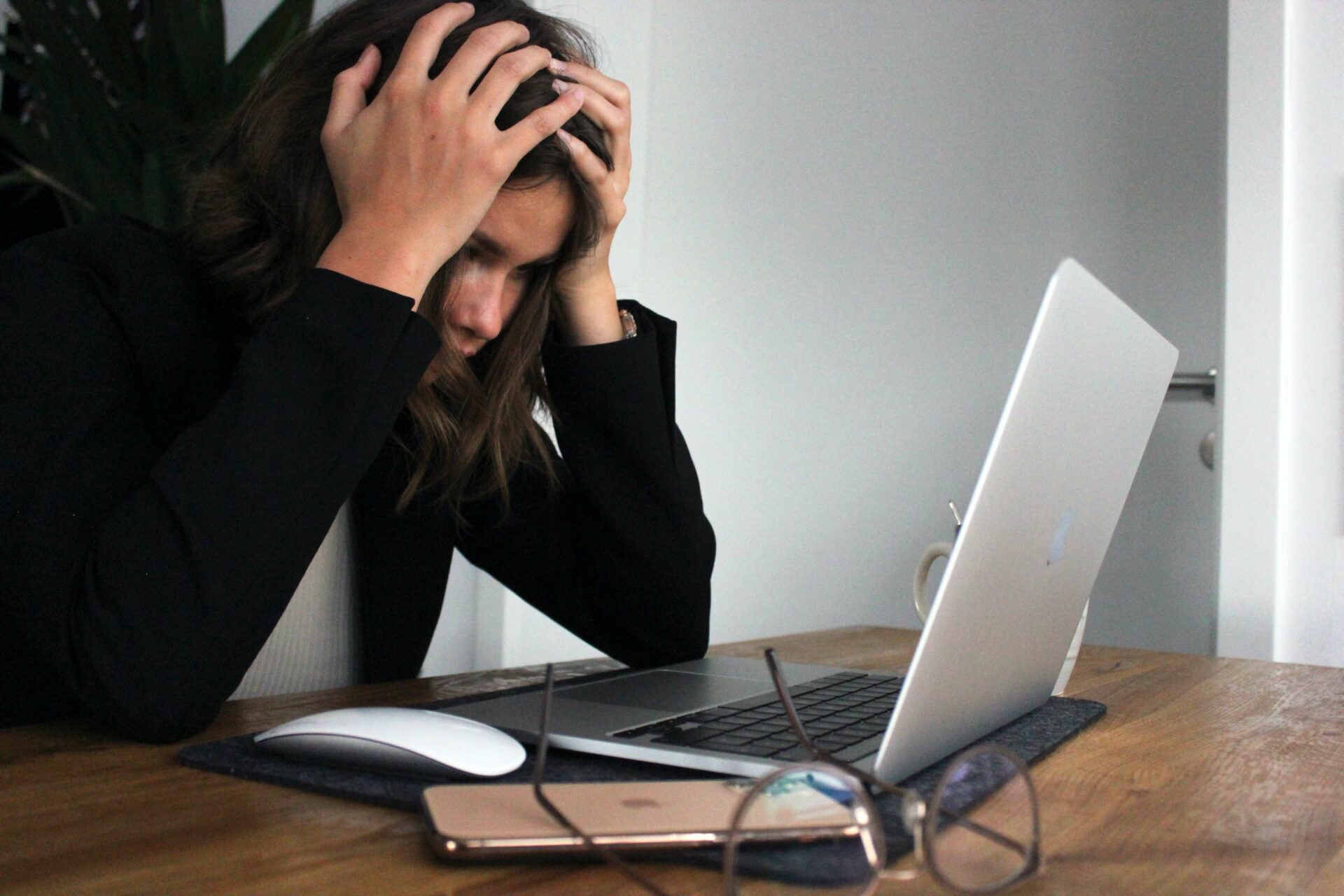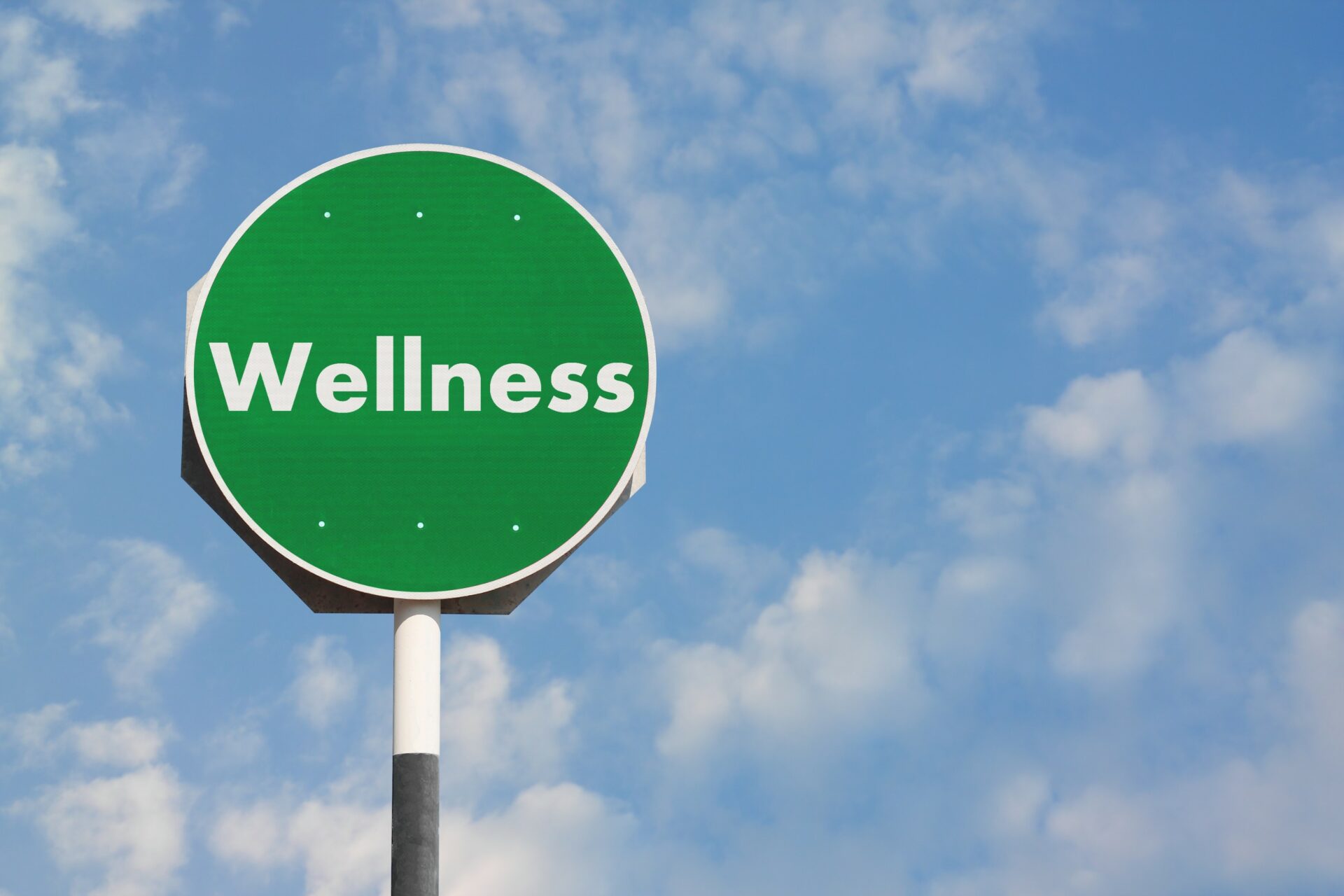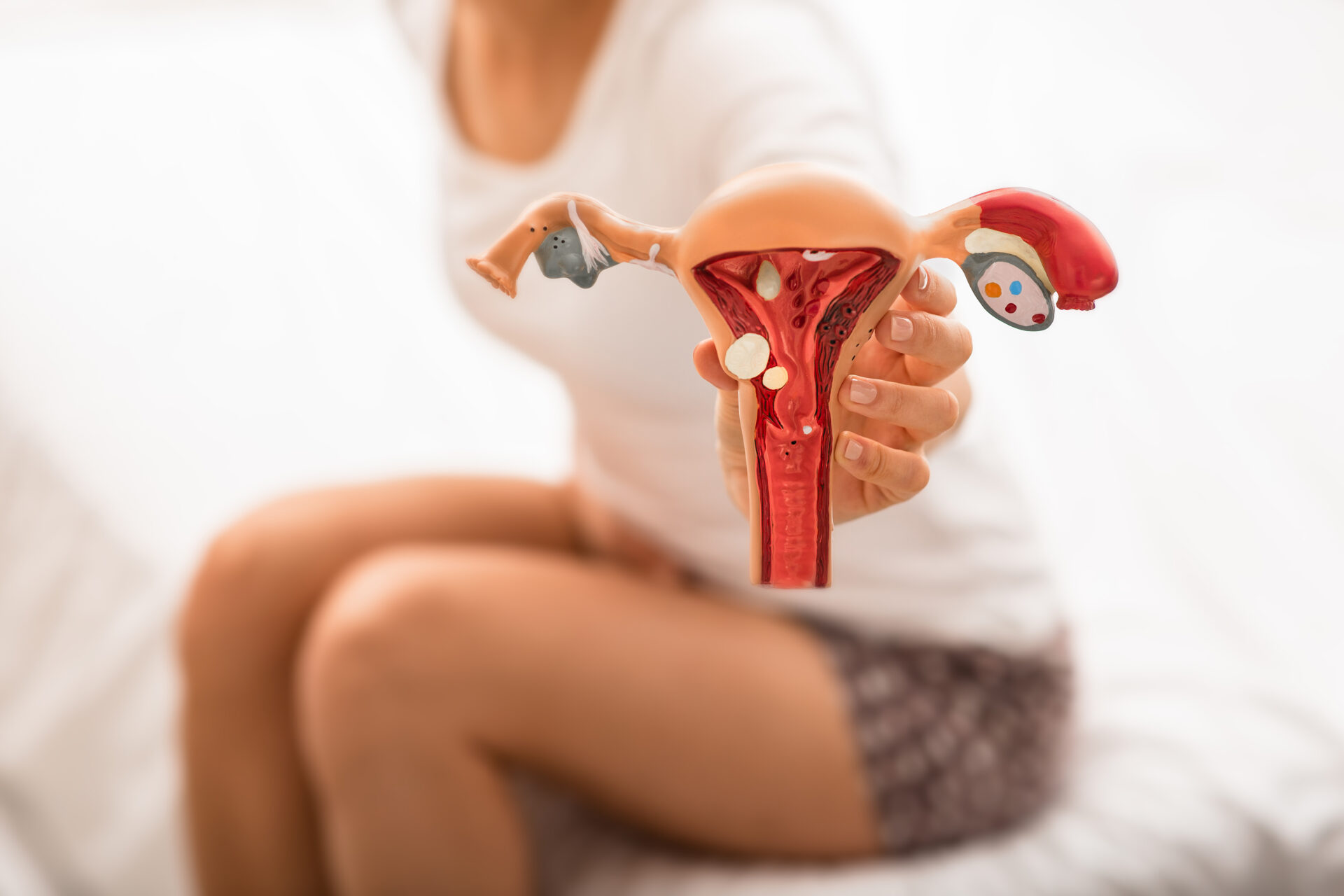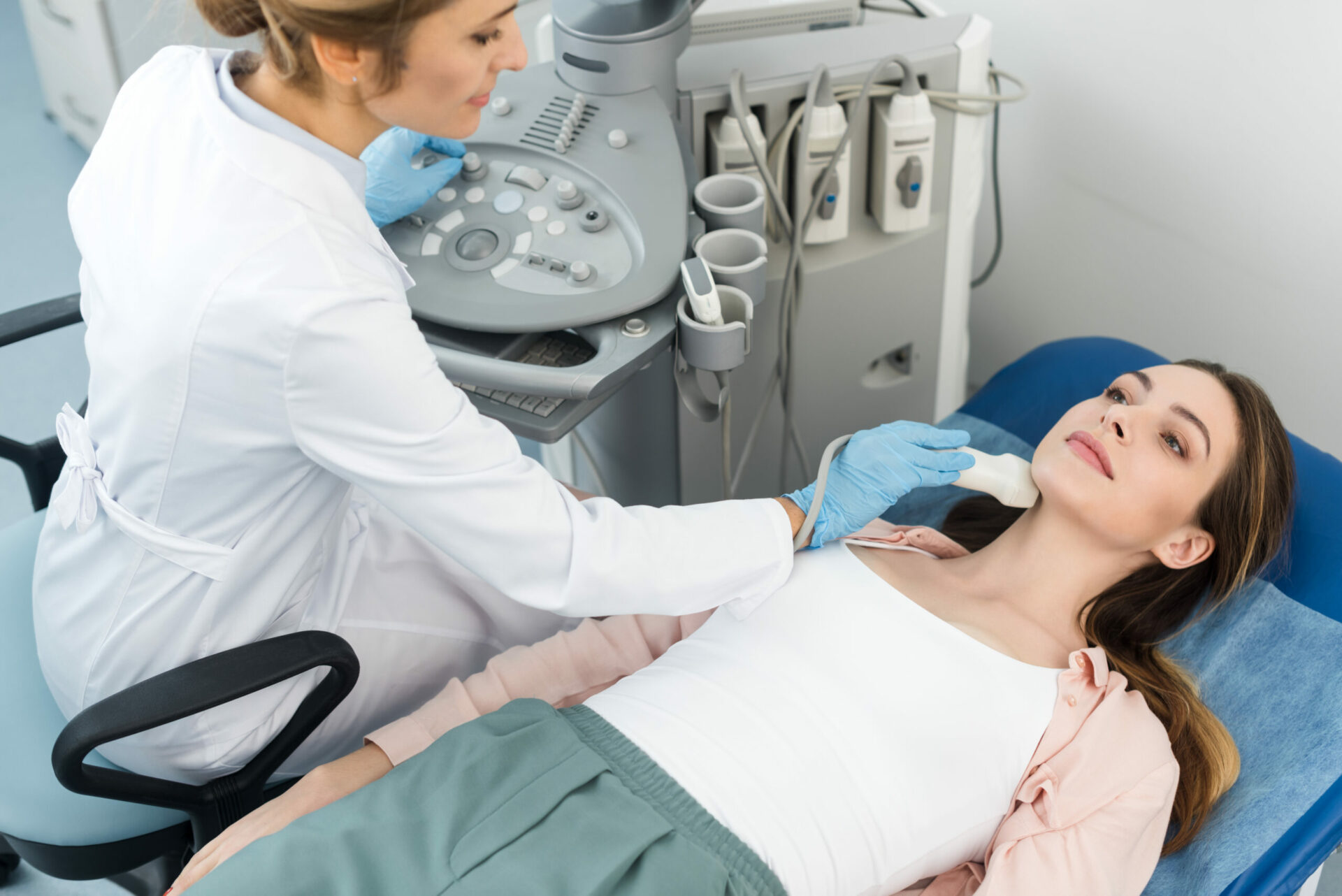Naturally healthy with nosodes
"Homeopathy" - this term is probably familiar to most people nowadays, because in recent years this form of alternative medical treatment gained more and more importance. The term nosodes will probably still be unknown to many, but the therapy form of nosode therapy is becoming more and more popular. Especially when conventional medicine reaches its limits, many swear by a gentle homeopathic alternative treatment. However, when people talk about homeopathy in everyday life, they usually mean the treatment form of classical homeopathy, because lay people often use these terms synonymously. In this blog post you will learn more about the above mentioned nosode therapy. What are nosodes anyway? What exactly are they all about? And when are they used?
What are nosodes?
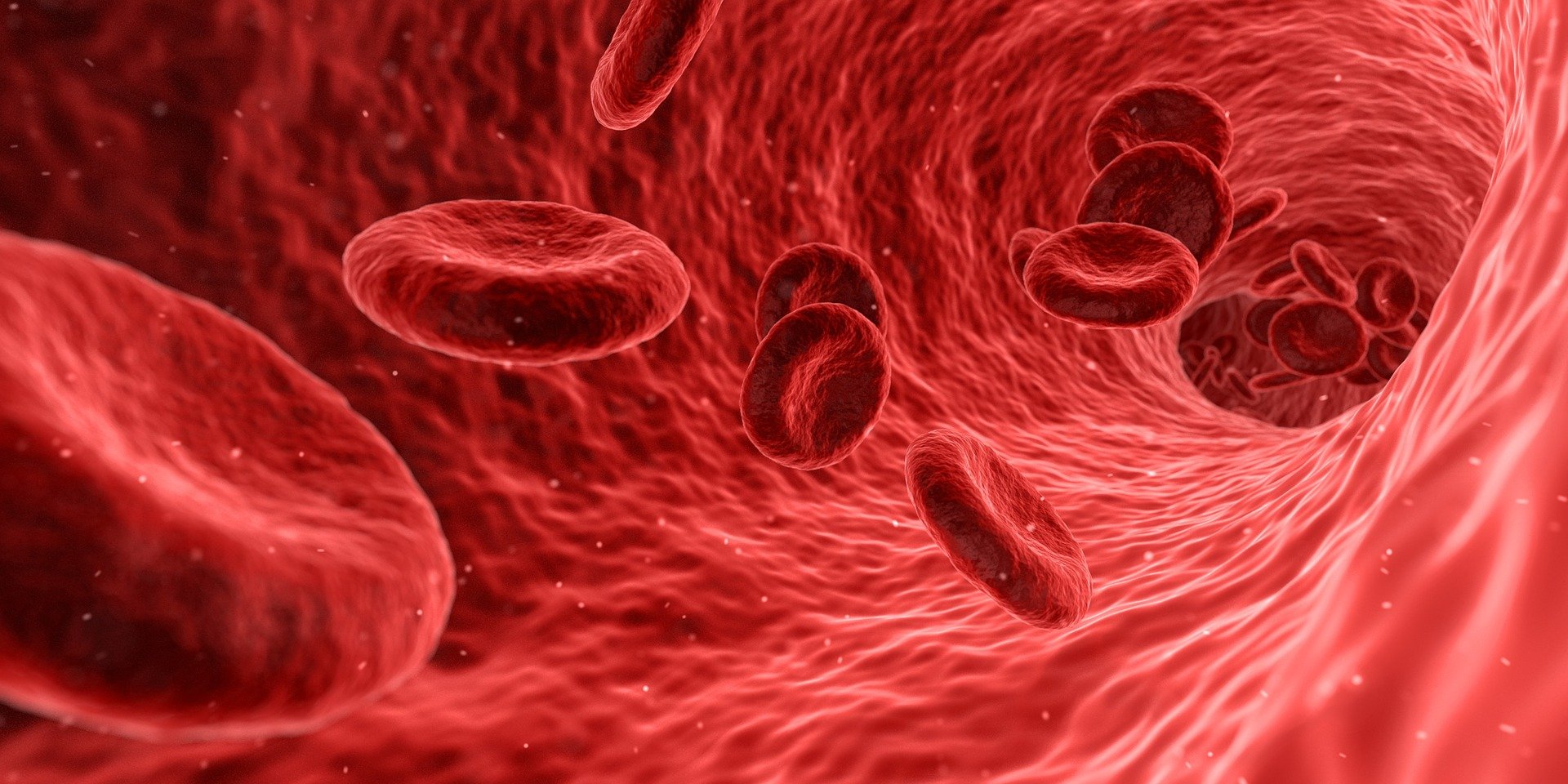
The word "nosode" can be derived from the Greek term "nosos" and means disease. Unlike classical homeopathy, in which healing is based on the principle of similarity, nosode therapy follows the approach of the principle of sameness. Thus, the remedies used to treat the disease contain information of the actual disease itself. In other words, in this form of treatment, the patient is administered homeopathically prepared remedies consisting of "sick" or pathological material such as blood, pus, pathogens or cancer cells. All these products are basically inactivated in nosode therapy by alcohol, hydrochloric acid, heat or irradiation and then diluted according to homeopathic rules so that they cannot cause any harm to the body. The aim of this procedure is to stimulate the body's own regulatory and self-healing powers.
Nosodes: The naturopathic vaccination
In principle, nosode therapy can be seen as a mixture of vaccination and homeopathy. Similar to a vaccination, immune reactions are induced in the patient's body by treatment with attenuated pathogens of the diseases. Through this process, the patient develops immunity against the respective disease without it actually breaking out in him, since the pathogens have been very much weakened beforehand.
What are the types of nosodes?
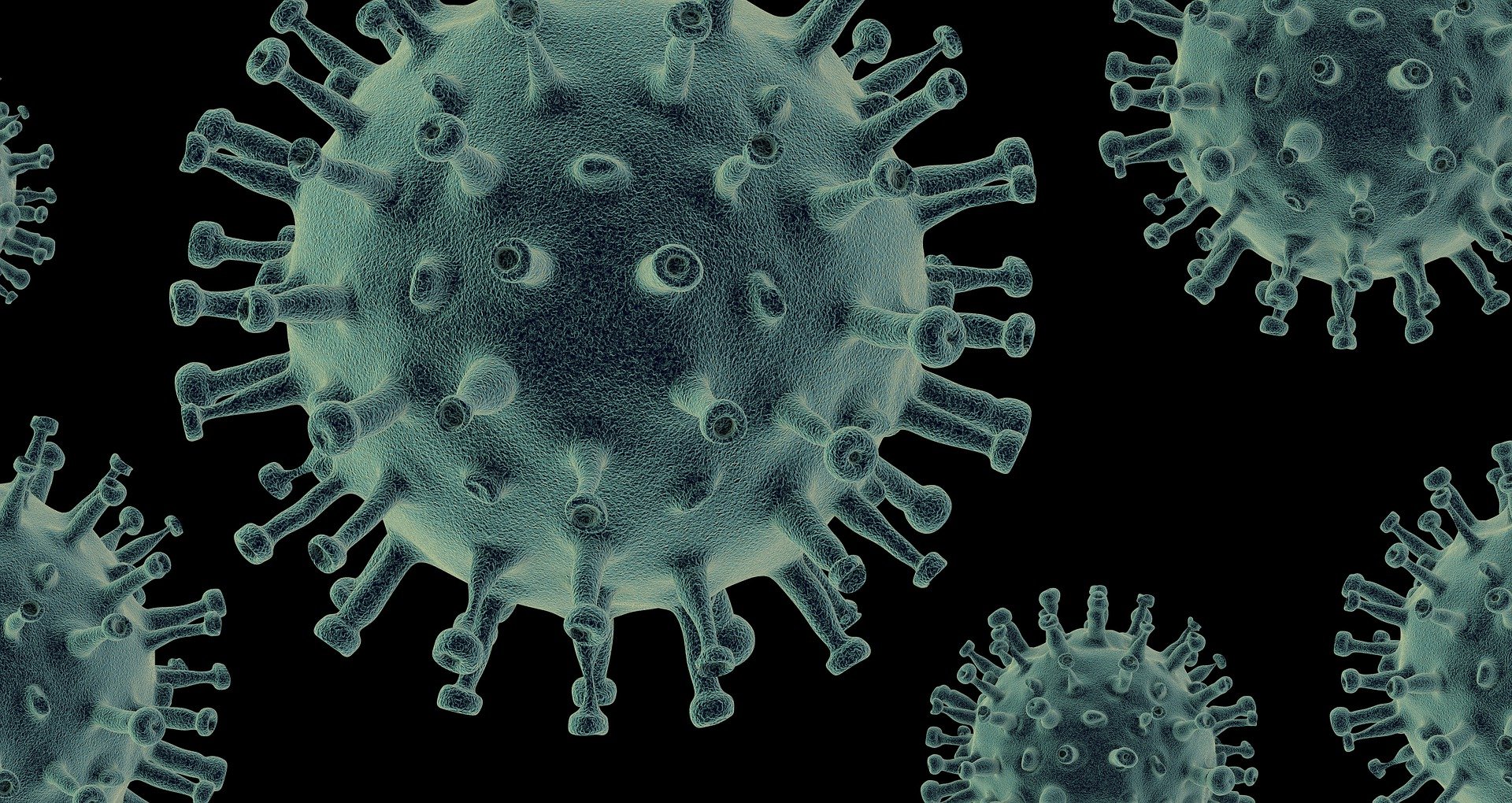
In general, five different types of nosodes can be distinguished:
- Viral nosodes
- Bacterial nosodes
- Combination preparations
- Prepared agents from pathologically altered organs or tissues
- Autonosodes / Proprietary Nosodes
Fields of application of the nosodes
The most important areas of application of nosode therapy include. Infections of various kinds. Especially when a disease has become chronic, alternative medicine likes to resort to nosodes to bring movement into the stagnant process. Nosode therapy can also achieve success with the following diseases and complaints:
- Lungs (shortness of breath and asthma, cough, bronchitis and whooping cough).
- Skin (rashes, eczema, cradle cap, abscesses, itching..)
- Intestine (diarrhea, indigestion, intestinal inflammation)
- Kidney and bladder diseases (cystitis)
- Joints (Lyme disease, osteoarthritis and rheumatism)
- Genital organs (venereal diseases, vaginal infection, vaginal fungus)
Discover the spagyric and medicinal plants of Zimply Natural
With our spagyric manufacturing processes according to Dr. Zimpel and Glückselig united Zimply Natural the power of phytotherapy, the energy of homeopathy, the potential of Bach flowers and the minerals of the Schuessler salts and is thus to be understood as one of the most comprehensive concepts in the field of naturopathy.
Nosode therapy
Just like the areas of application, the forms of application in nosode therapy are also diverse. Nosodes can either be taken orally, rubbed onto the skin or mucous membrane, or administered as injections.
How do you know which nosode is the right one?
The treating physician determines which nosode is the right one for the respective patient. Therapist. Unlike in classical homeopathy, the decision is usually not made on the basis of the symptoms, but on the basis of the specific diagnosis of the disease. In naturopathy, this is often done using the kinesiology Muscle test used to determine the correct remedy, potency and dose. Another important point in prescribing the correct preparation is always a careful medical history. This involves taking a closer look at the medical history of both the patient himself and his family.
Risks and side effects
Nosode therapy is free of side effects, however, as with classical homeopathy, there may be a so-called Initial worsening of the symptoms may occur. This can be the case, for example, after an increase in potency. It is important to know about this initial worsening, because if this is not the case, it can lead to irritation or anxiety and finally to the discontinuation of therapy. Despite the non-existing side effects, nosode therapy should always be performed by a competent physician or alternative practitioner.


